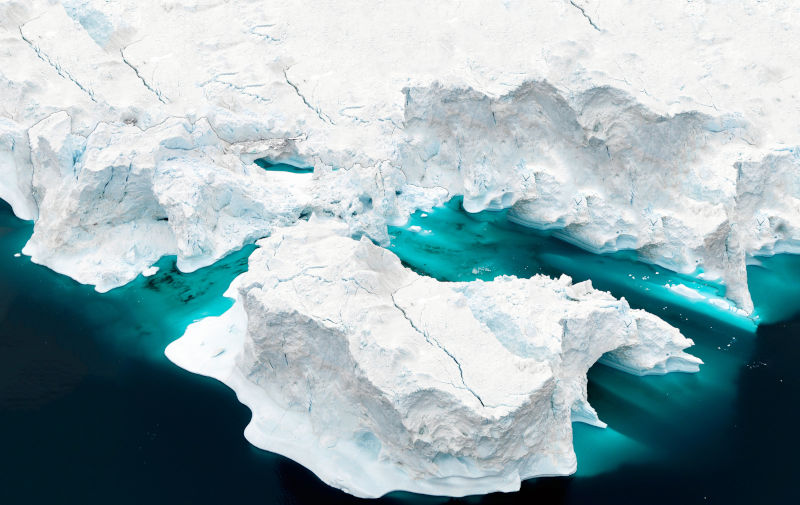Malignant obsessions distract us from the collapse of human civilisation
June 27, 2023
The real drama played out in the North Atlantic last week wasn’t the latest hubristic exercise in “frontier tourism”, but the current sea surface temperature (SST) anomaly rise, recorded on the Northern Hemisphere summer solstice, June 21, 2023.
This measure describes the difference between the current average SST in the North Atlantic Ocean and the 30 year average between 1982 and 2011.
A difference of more than 0.8°C has been extremely rare over the past 12 years: the average SST anomaly has been around 0.3°C. This year, as of 21 June, it’s 1.3°C, an increase of over 300%.
As is widely known, but perhaps not widely enough, decreased oceanic ice sheet coverage is significantly diminishing the albedo effect, or the reflection of solar radiation off the ice surface. This is a system highly susceptible to positive feedback: the more the ice sheet disappears, the more heat will enter the system; the more heat, the less ice, and so on. Even a small child can understand the general dynamics of such a system. It’s not rocket surgery.
This is a very similar scenario to the predicted release of the super-greenhouse gas methane from the thawing Arctic permafrost: another positive feedback loop.
Widely publicised responses to the disappearing Arctic ice sheet cover have, amazingly, emphasised not the risks but the emerging commercial opportunities: opening up undersea gas fields and the shortening of shipping routes, both of which will of course exacerbate the problem. There has to be a better term than irony or black humour to describe these responses.
True to form, following the “Titan tragedy”, which the mainstream media has fully exploited, replete with macabre orchestrations including timelines of remaining air available to the doomed submariners, the media has begun to ask important questions, like how to justify the millions of dollars spent on rescue efforts. Others warn of the significant risks to hardy adventurers now posed by the effects of climate heating. In a similar vein we are being warned that climate change is having a hazardous effect on carefree plane travel, as clear-air turbulence has increased up to 55 per cent from 1979 to 2020: another bizarre twenty-first century mash-up, this time of blaming the victim and putting the cart before the horse. As previously mentioned, we surely need a new vocabulary to fully encapsulate the grim juxtaposition of irony and horror these situations reveal.
Meanwhile, more than 500 “migrants” have drowned off the coast of Greece in one of the deadliest refugee shipwrecks in recent history, a truly momentous loss of innocent lives which elicited minimal media coverage by comparison. The ranks of refugees fleeing political, economic, military and climate crises, now estimated at over 110 million human beings, surely aren’t going to decrease any time soon.
Mindlessly obsessed with the fate of five “explorers” in an imploded mini submersible, humanity has yet again failed to heed the signs pointing to the impending titanic forces threatening a catastrophic collapse of human civilisation. UN Secretary-General Antonio Guterres has called it “collective suicide”. Given the relative numbers of complicit perpetrators and inevitably innocent victims of the climate and extinction crises, homicide is possibly a more accurate term.
